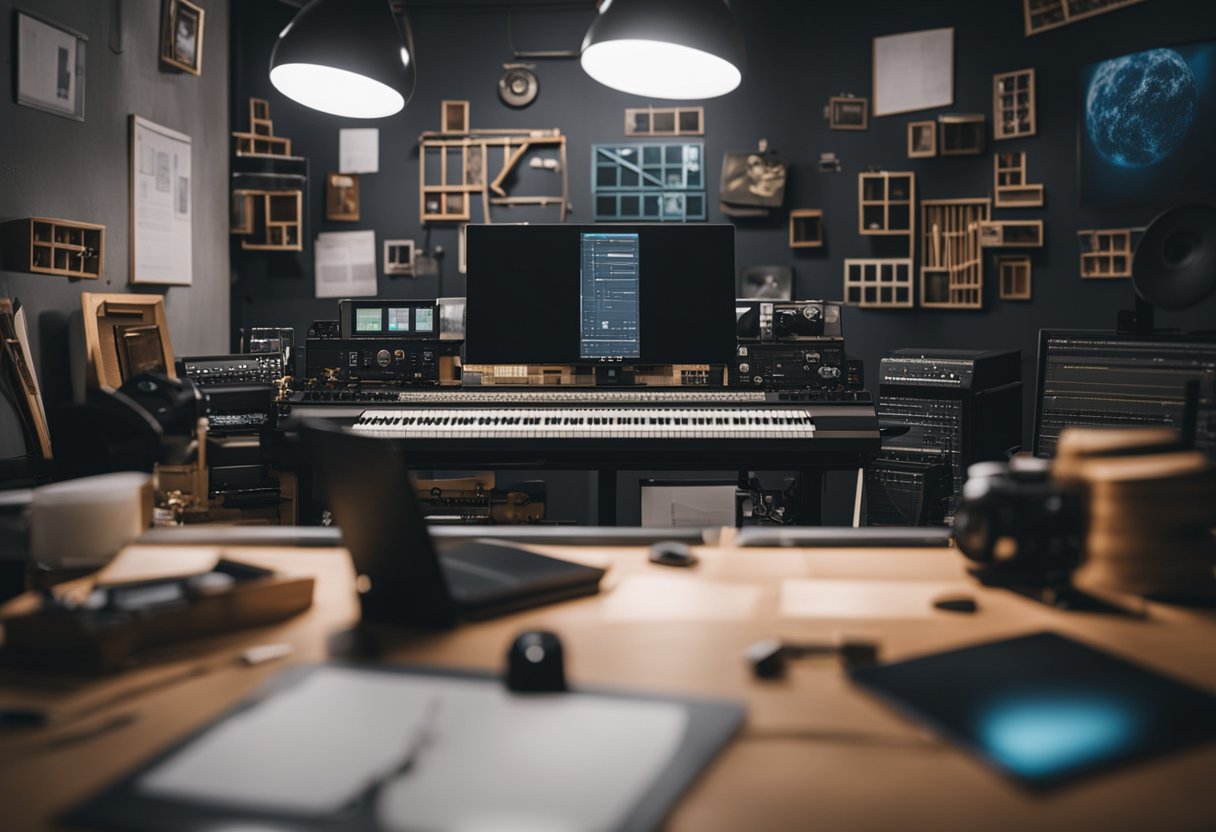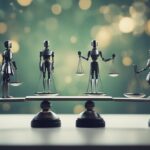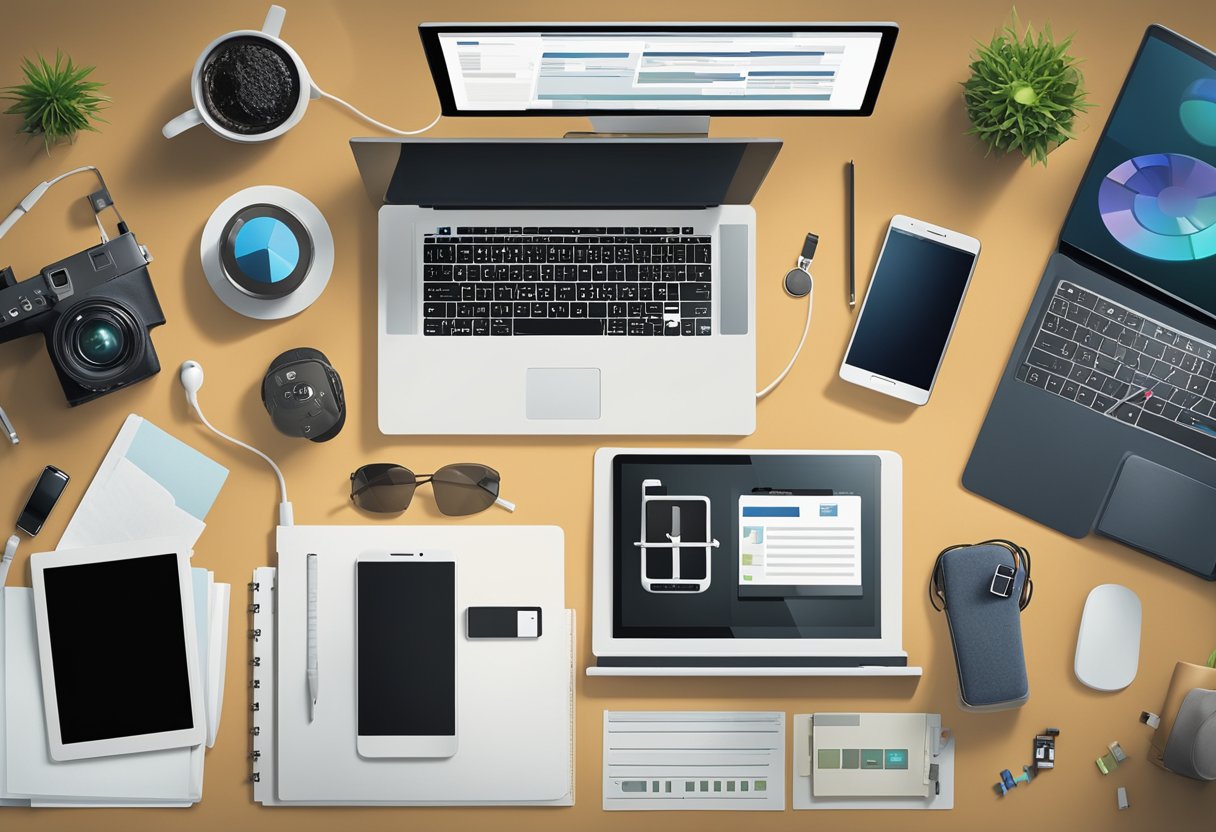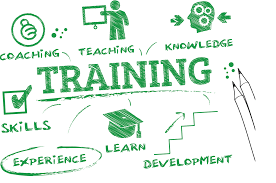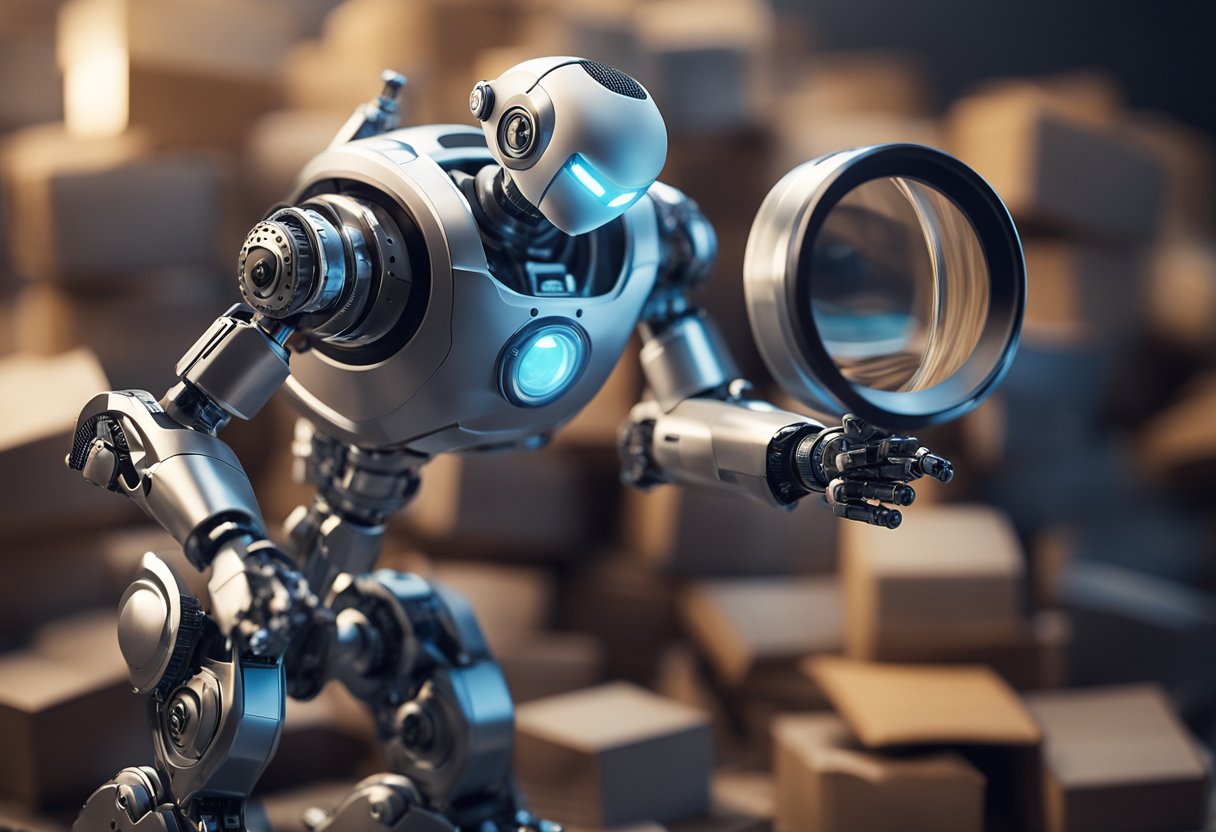- Exploring the Role of AI in Art, Writing, and Music
- Exploring AI in Various Creative Domains
- Ethical and Ownership Implications in AI Creativity
Exploring the Role of AI in Art, Writing, and Music
Artificial intelligence is changing how people express AI-Powered creativity in various fields. Artists, writers, and musicians are using AI tools to enhance their work. AI-Powered creativity can generate new ideas, suggest themes, and even help create entire pieces of art, literature, or music. This collaboration between human creativity and machine learning opens up new possibilities for creative expression.

In art, AI algorithms can analyse styles and trends to produce stunning visuals. Writers are using AI to overcome writer’s block or to develop plots and characters. Musicians are exploring AI-generated sounds to inspire new compositions. This blend of AI and creativity not only broadens the scope of what can be created but also challenges traditional notions of authorship and originality.
As AI continues to evolve, its role in the creative process becomes more significant. Many creators now view AI as a partner rather than a replacement. The integration of AI in creativity highlights its ability to augment human imagination while pushing the boundaries of artistic expression.
Exploring AI in Various Creative Domains

AI plays a significant role in enhancing creativity across multiple fields, including visual arts, writing, and music. From generating unique artworks to composing music, AI tools show the potential for collaboration between humans and machines.
AI in Visual Arts
In visual arts, AI technologies like generative adversarial networks (GANs) and neural networks are becoming important. These tools can create unique pieces of art by learning from existing works. For instance, DALL-E and DeepArt use style transfer to combine elements from different images, resulting in new artistic creations.
Artists are using platforms like MidJourney and Adobe Sensei to enhance their creative processes. These tools assist in generating ideas or automating tasks, allowing artists to focus more on their vision. Moreover, interactive installations enhanced by augmented reality (AR) and virtual reality (VR) offer viewers a unique way to engage with art and experience creativity in fresh forms.
AI and Literary Endeavours
In writing, AI tools like OpenAI’s GPT-3 and Sudowrite are reshaping how narratives are created. These platforms can generate text that resembles human writing, providing inspiration to authors and enabling faster content creation. Writers can use AI for literary analysis, improving their understanding of styles and themes prevalent in their work.
Tools such as Jasper streamline word generation and editing, helping authors outline and develop their stories. Many writers view AI as a valuable partner, boosting creativity while maintaining control over their craft. By integrating AI, authors can explore narrative pathways they may not have considered.
The Intersection of AI and Music
In music, AI systems like AIVA and Amper Music are revolutionising composition. These tools analyse scores and use machine learning to generate original pieces. Musicians can collaborate with AI to discover new sounds and styles, allowing for innovative compositions.
AI algorithms are being applied in motion tracking and sound design, enhancing the immersive experience of music. With AI, creators can mix genres and incorporate complex elements easily. The use of AI in music not only extends the range of creativity but also democratises access to music composition for aspiring musicians.
Ethical and Ownership Implications in AI Creativity

AI technology is changing how art, writing, and music are created. This brings up important questions about ethics and ownership related to AI-generated content.
Navigating the Ethics of AI-Generated Content
Ethical considerations are crucial in AI-powered creativity. As AI tools, like Canva and Runway ML, gain popularity, they create new forms of artistic expression. This raises questions about authenticity and originality.
For example, how do we define what is truly “art”? Is it the technology, the programmer, or the user creating the content? Inclusivity is also a concern. If AI mimics human creativity, it could potentially overshadow unique voices in the arts.
Artists and creators must consider the impact of AI on their work. Should they embrace these tools or resist them? Ethical guidelines need to be developed to navigate this complex landscape of creation.
Ownership and Copyright Challenges
Ownership of AI-generated content is a significant issue in today’s creative landscape. Currently, copyright laws do not clearly define who owns the artwork created by AI. This can lead to confusion for users of platforms like Artbreeder.
When a person uses an AI tool to create something new, who holds the rights? The user, the developer of the AI, or both? These questions create challenges and may lead to disputes in the future.
As AI continues to evolve in the arts, the legal system will need to address these ownership concerns. Clear rules will help protect artists and ensure fair use of AI-generated content.

